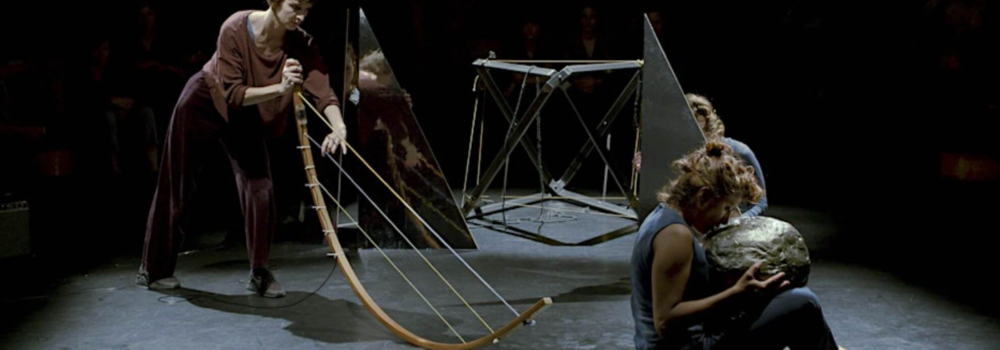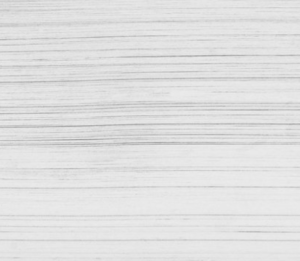Home
Creative Research into Sound Arts Practice (CRiSAP) is a research centre of the University of the Arts London dedicated to the exploration of the rich complexities of sound as an artistic practice.
Our main aim is to extend the development of the emerging disciplinary field of sound arts and to encourage the broadening and deepening of the discursive context in which sound arts is practised.
Sign up to our mailing list

Event: Sound Arts Lecture Series – Summer 2024
11th April 2024 - 23rd May 2024
Full details on Sound Arts Lecture Series – Summer 2024…
Research Feature: Associating Places: Strategies for Live, Site Specific, Sound Art Performance
Claims for originality in this thesis lie in bringing together many different disciplines in art, music, sound studies and performance. The methodology, contextually indebted to the dialogues of site specific art, performance, and sound improvisation, has emerged as a multi-disciplinary one, informed in part by the study of those artists from the 1960s onwards who actively sought to resist the gallery system. The practice has driven the thesis in developing and continuously testing the requirement to respond uniquely to chosen sites. By using relevant references, instruments, and sonified materials, a compulsion to convey something of the particularity of the site’s associations through sound, is performed on site.
Further infomation on Associating Places: Strategies for Live, Site Specific, Sound Art Performance
Member Profile: Milo Taylor
Milo Taylor, completed CRiSAP PhD student, Course Leader BA Sound Arts & Design, London College of Communication previously Senior Lecturer: Digital Music and Sound Art, University of Brighton and Research fellow at Kunsthochschule für Medien Köln.
Further infomation on Milo Taylor
News: Call for Contributions: In The Field 2
Dates: 5 and 6 July 2024
Venue: In person at London College of Communication, Elephant and Castle, London, SE1 6SB and online
Deadline for proposals: 6 February 2024
Notification of acceptance: 15 March 2024
In 2024 we will revisit In The Field, over a decade since the first significant gathering of artists and researchers in 2013, to ask how has and how might the practice of field recording responded in these times?
Continue reading about Call for Contributions: In The Field 2



